What Features in Educational Toys Should You Look For or Even Avoid
At Edx Education we love developing innovative educational resources and experiences to help children play, learn and create, sparking their imagination.
When choosing educational toys, it’s important to consider certain features that can enhance a child’s learning experience. Here are some features you should look for in educational toys:
- Age Appropriateness: Ensure that the toy is suitable for the child’s age and developmental stage. Toys that are too advanced or too simplistic may not engage the child effectively.
- Skill Development: Look for toys that promote the development of specific skills such as fine motor skills, problem-solving abilities, creativity, critical thinking, language and communication skills, and mathematical or scientific concepts.
- Open-Ended Play: Toys that encourage open-ended play offer multiple possibilities for exploration and creativity. They allow children to use their imagination and come up with their own ideas and solutions.
- Hands-on Interaction: Toys that require physical manipulation and interaction help children engage their senses and develop their motor skills. construction toys, puzzles, and art supplies are examples of toys that promote hands-on learning.
- Educational Content: Consider toys that provide educational content aligned with the child’s interests and learning objectives. They can introduce new concepts, facts, or skills in an engaging and interactive manner.
- Durability and Safety: Ensure that the toy is made from safe and non-toxic materials. It should be durable enough to withstand rough play and not pose any choking hazards.
On the other hand, there are certain features you may want to avoid in educational toys:
- Excessive Screen Time: While some digital toys can be educational, excessive screen time can have negative effects on children’s development. It’s generally best to limit the use of screen-based toys and prioritize hands-on activities.
- Overly Simplistic Toys: Toys that offer limited learning opportunities or have a single function may not hold a child’s interest for long. Look for toys that offer varied challenges and possibilities for exploration. for e.g push a button and it sings
- Gender Stereotypes: Avoid toys that reinforce gender stereotypes or limit a child’s imagination based on their gender. Opt for toys that are inclusive and encourage all children to explore different interests.
- Passive Learning: Toys that only provide passive entertainment without encouraging active engagement or problem-solving skills may not be as beneficial for educational purposes. Look for toys that require the child’s active participation and critical thinking.
Remember that every child is unique, and their preferences and learning styles may vary. It’s important to consider their individual interests and strengths when selecting educational toys.
To visit the full range of toys head to www.edxeducation.com
Heather Welch, Edx Education

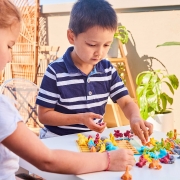
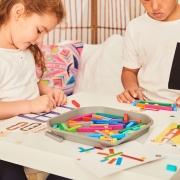
 edx education
edx education  Edx Education
Edx Education 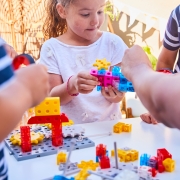
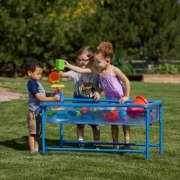
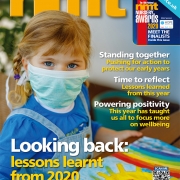 Edx Education
Edx Education 
